Training in Muay Thai and kickboxing would be difficult for novices and even advanced trainees if it weren’t for pad holders. Pad drills allow for the development of both offensive and defensive skills, and for those still building on the fundamentals, they are a way to improve skills before moving on to more advanced glove-on-glove drills.
However, the quality of pad drills is heavily dependent on the quality of the pad holder. Good pad holders follow a few basic principles to provide their partners with valuable training experiences. Below are 10 essential tips for holding pads.
1. Hold the Pads with Your Thumbs on Top
Avoid tucking your thumbs underneath the grips of the pads. A full five-finger overhand grip (also known as a “monkey grip”) will prevent you from injuring your thumbs when the force of a strike lands on the pads.
2. Always Hold the Pads in a Proper Fighting Stance
Sticking to a Muay Thai or kickboxing stance (in most cases with your left leg forward and your right leg back) will ensure you are prepared for incoming strikes. When readying yourself to absorb strikes, you should make sure your head, face, legs, and other body parts are well protected.
3. Hold the Pads the Height of Your Partner
Where you hold the pads depends on your partner’s height. For example, hold the pads at the level of your partner’s face for head strikes. Also, for strikes such as roundhouse kicks, be sure to adjust the pads lower if your partner is still learning the technique and cannot yet strike a certain height without sacrificing technique.
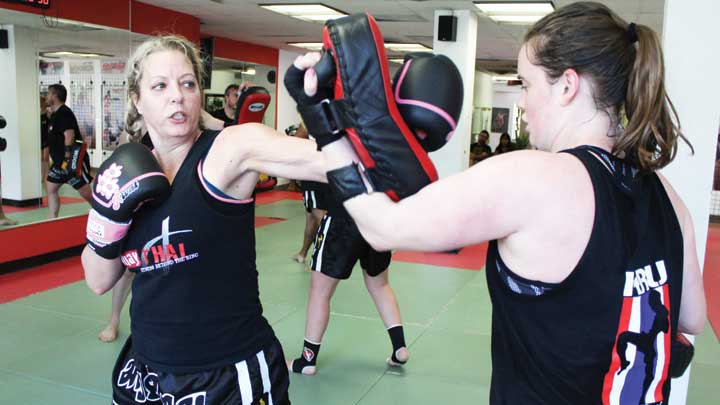
4. Give Your Partner’s Strikes Ample Resistance
When your partner’s strikes land on the pad, there shouldn’t be very much, if any, give. Meet the strike with the pad using your own resistance (kind of like a game of “pat-a-cake”), gauging it to the power your partner uses. For softer strikes, provide less resistance; for harder strikes, provide more resistance.
5. Exhale Whenever Your Partner Strikes a Pad
Proper breathing even as a pad holder serves two purposes. First, it will help you keep your partner’s intensity up. Second, it will teach you how to absorb impacts for more advanced glove-on-glove drills and sparring.
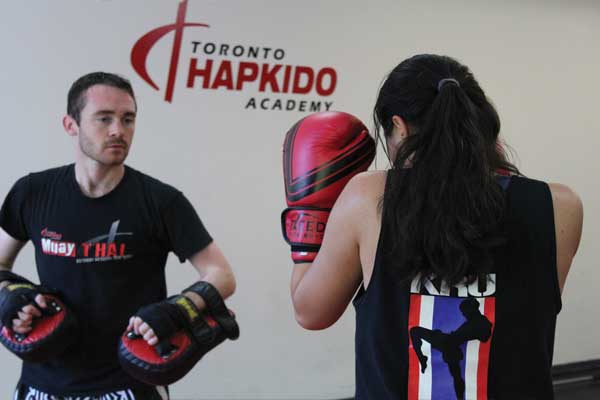
6. Hold the Pads Properly for Kicks and Knee Strikes
Kicks and knee strikes are powerful techniques, so be sure to hold the pads properly to provide enough resistance and to avoid injury. When holding for knee strikes, stack the pads against your midsection to create a point where your partner can “split” them with their knee. Be sure to engage your core and lean forward into the strike. When holding for roundhouse kicks or push kicks, again, be sure to engage your core and lean into the strike. And, of course, don’t forget to exhale with every strike.
7. Manage the Fight Measure
Help your partner gauge distance and range. This builds proper striking techniques, including footwork placement, full extensions on punches, and proper rotations on roundhouse kicks.
8. As a Pad Holder, You Are a Coach
It’s up to you, the pad holder, to lead your partner during the drill. You set the intensity, and you’re a valuable source of constructive feedback. View your role as that of a coach helping someone with their training.
9. Correct Bad Technique
Give your partner good feedback to help them improve their technique. For example, let them know if their jabs are coming up too short (“T. rex” punches), they forget to go back to a proper fighting stance, they forget to protect their head and face, or they keep dropping their gloves below their chin while they’re striking.
10. Pay Attention at All Times
If you lose focus as a pad holder, you and your partner are more likely to encounter poor technique and possibly injury. Remember that you’re in control of what strikes your partner throws, so be ready whether it’s a powerful roundhouse kick or a combo that includes close-range strikes such as elbows and knees. Remember that the pads are the focal points of the drill and that they are your responsibility.
If you are uncertain about a particular pad holding technique, be sure to ask an instructor for clarification. Safe and effective pad holding is crucial for partner drills. Training with proper pad techniques ensures that people don’t develop bad habits and that they’re preparing themselves for more advanced drills down the road.

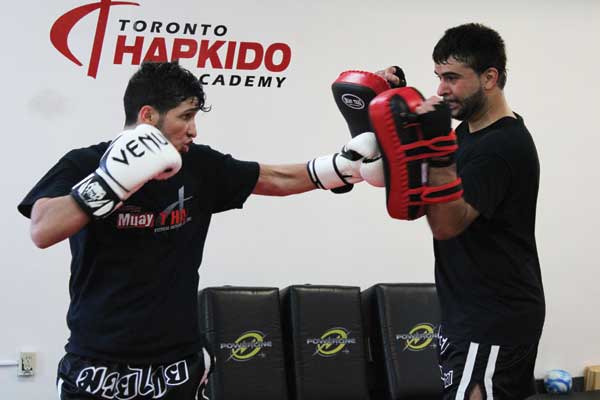
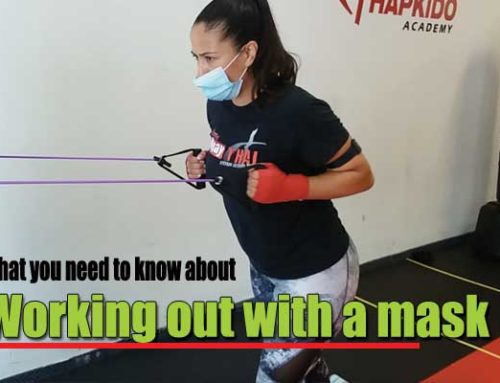
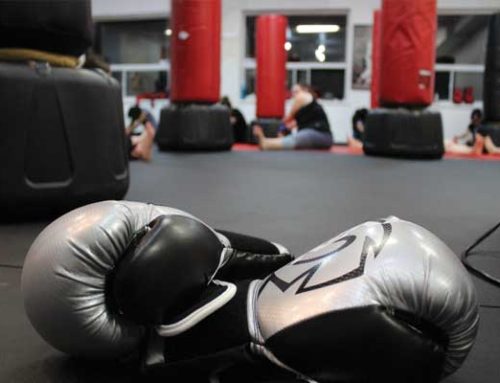
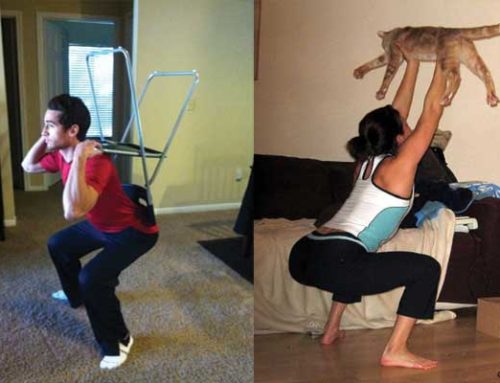

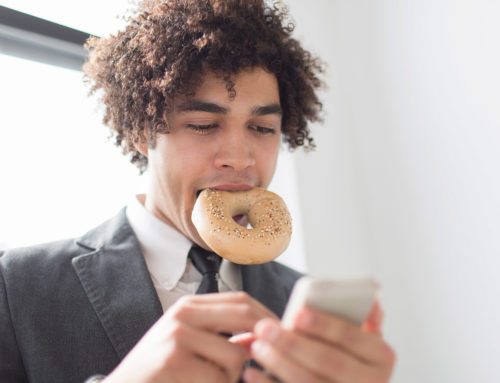
Leave A Comment
You must be logged in to post a comment.